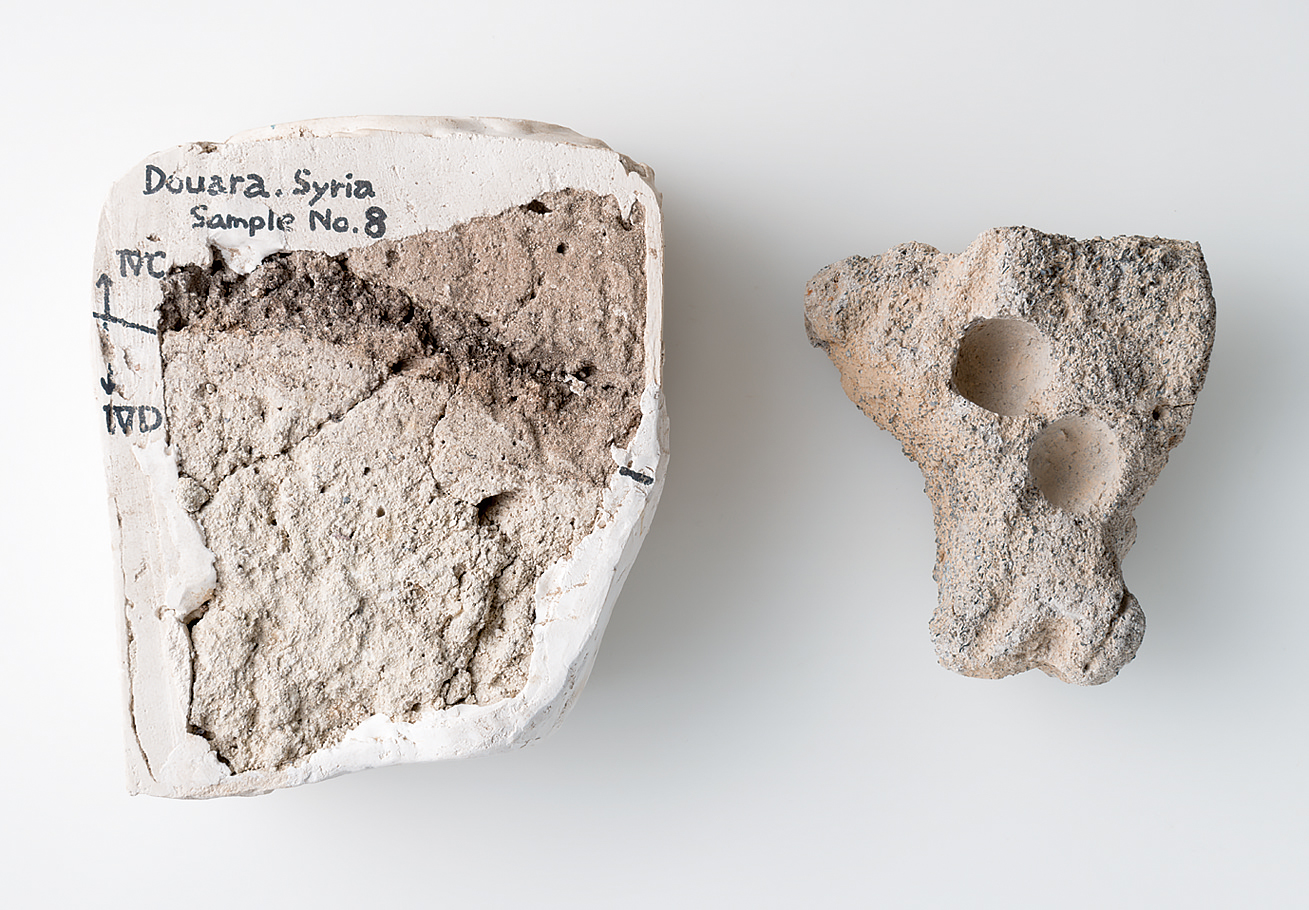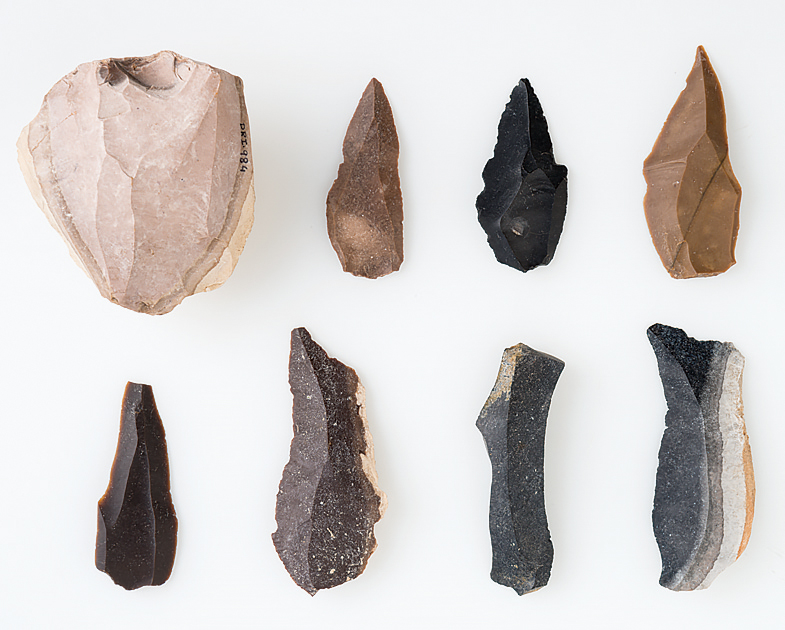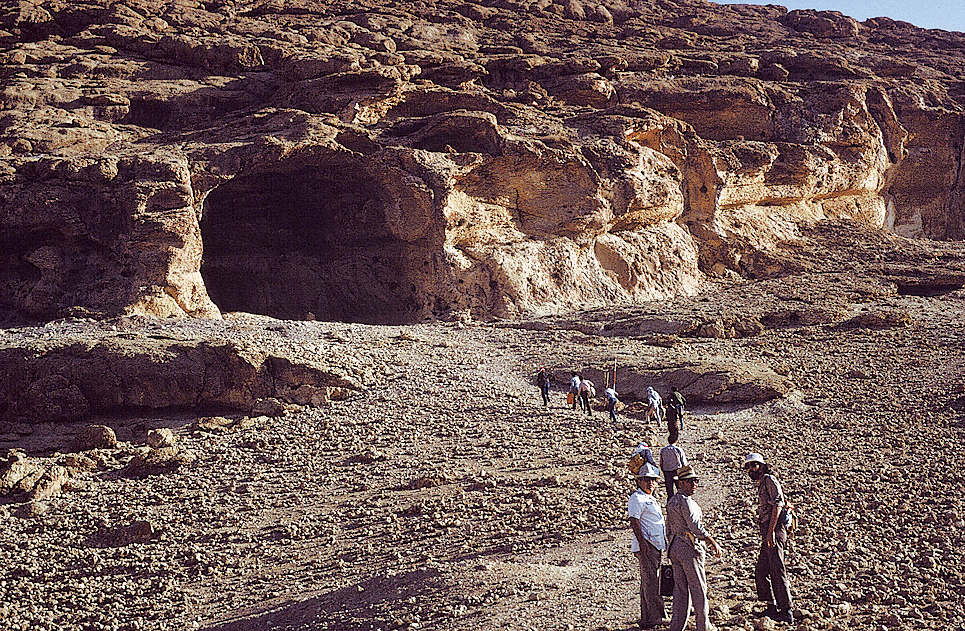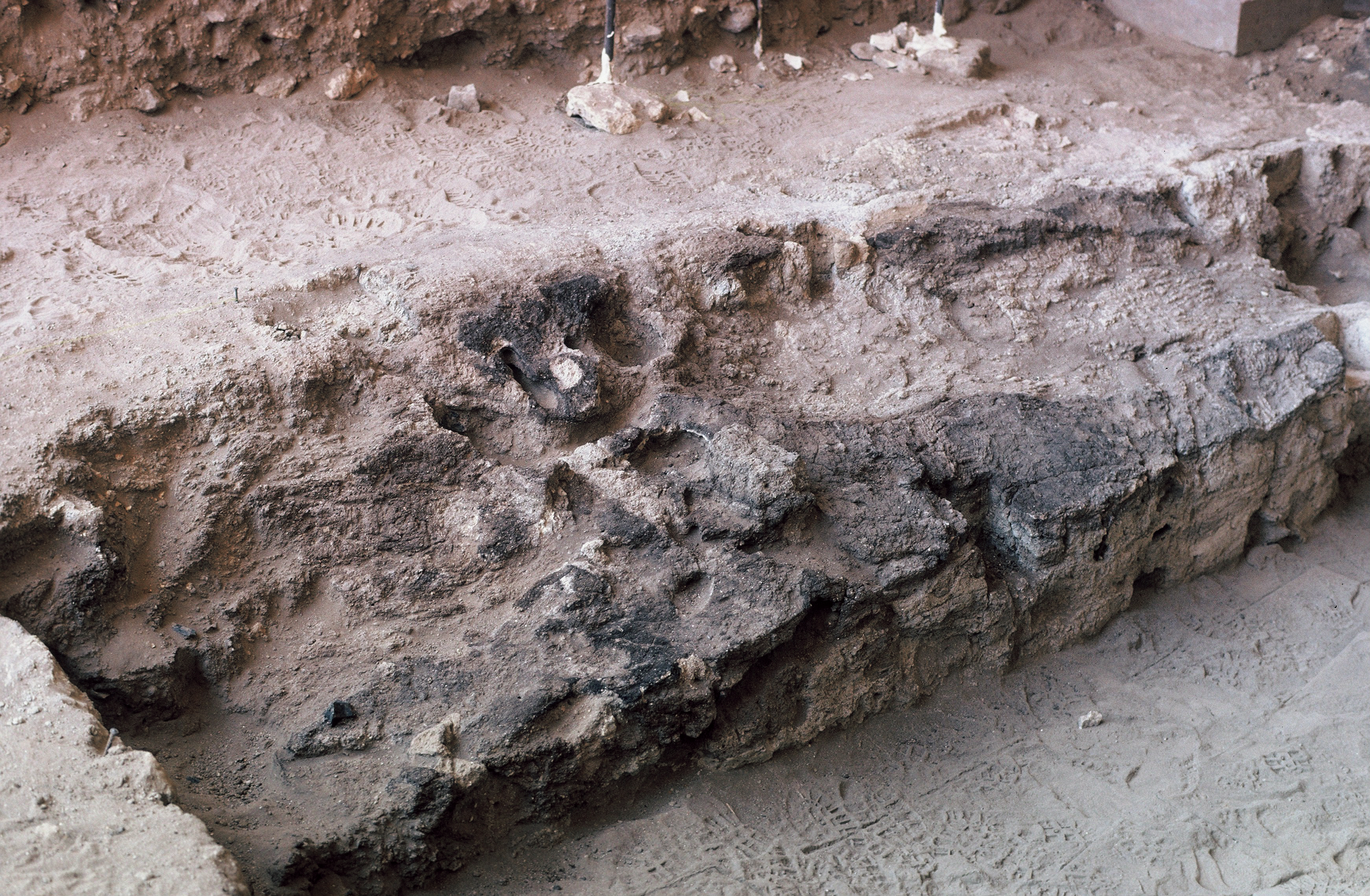G9
Middle Palaeolithic hominins in the Syrian Desert
The Palaeolithic site of Douara Cave is situated approximately 20 km northeast of Palmyra, at the northern edge of the Syrian Desert. The four seasons of archaeological excavations between 1970 and 1984 revealed earlier parts of the Middle Palaeolithic sequence of the Levant, consisting of two major chronological phases, each representing early and middle Levantine Mousterian industries.
Important discoveries at this cave site included a series of well-preserved occupation floors belonging to the early Levantine Mousterian. The spatial analysis showed that the floors were organized into specific activity areas, with a focal area for intensive domestic activities close to the back wall. Another important discovery is the large quantity of botanical remains discovered in the early Levantine Mousterian layers. Many were fragments of hackberry endocarps (Celtis), followed by Boraginaceae seeds. Celtis was likely a food source brought by early Middle Palaeolithic hominins into the cave during the late summer to autumn. These findings certainly enrich our dataset to help define the behavioral organization of Middle Palaeolithic hominins. (Yoshihiro Nishiaki)
References
Akazawa, T. & Sakaguchi, Y. (eds.) (1987) Paleolithic Site of Douara Cave and Paleogeography of Palmyra Basin in Syria: 1984 Excavations. Tokyo: University of Tokyo Press.
Nishiaki, Y. & Akazawa, T. (2015) Patterning of the early Middle Paleolithic occupations at Douara Cave and its implications for settlement dynamics in the Palmyra basin, Syria. L’Anthropologie 119: 519–541.




